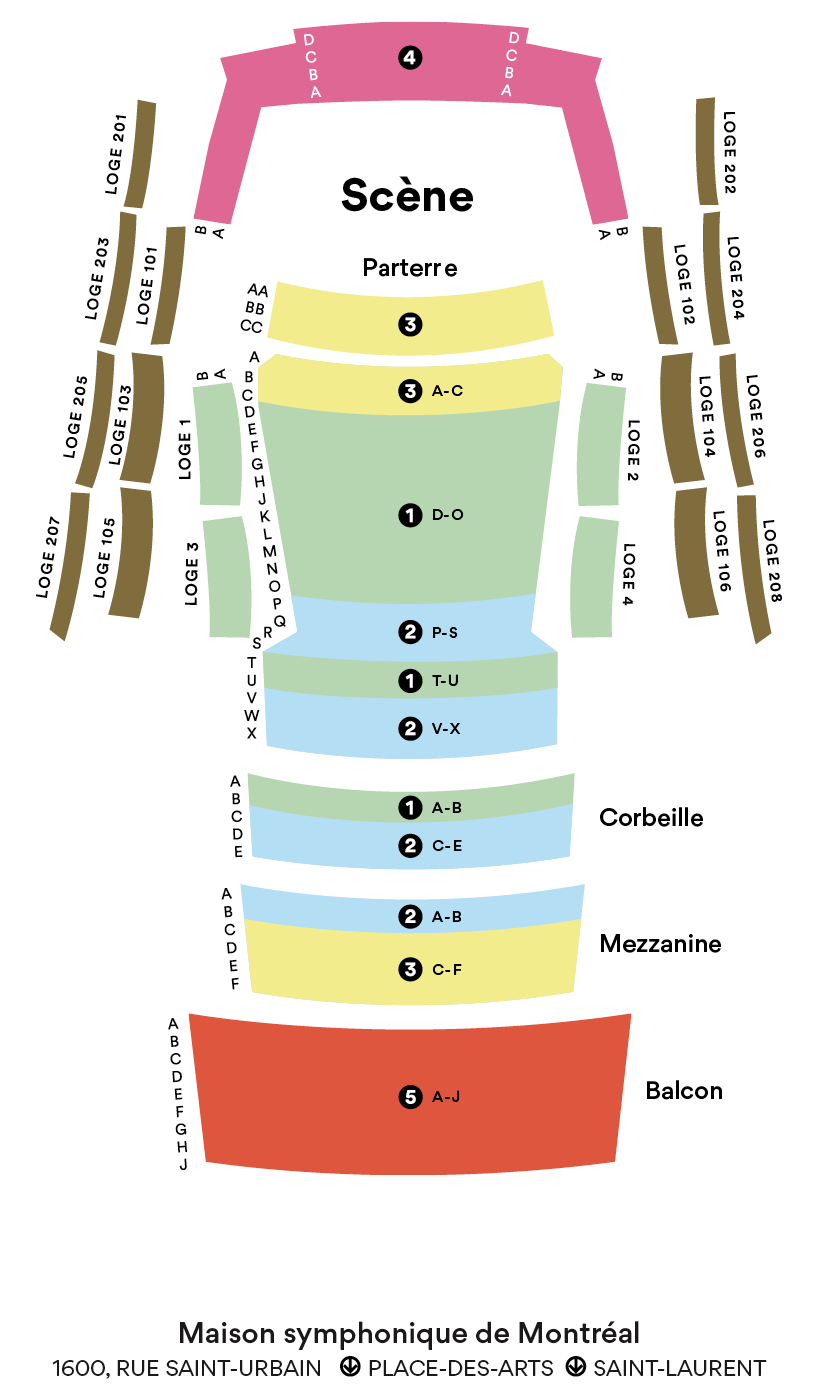Violin Concerto in D major
Tchaïkovsky
1840 – 1893
After the disastrous failure of his marriage with Antonina Miliukova, Tchaikovsky left on a trip that took him to Italy, France and Switzerland. It was during his travels that he heard Édouard Lalo’s Symphonie espagnole for violin and orchestra, which sparked in him the desire to write a work of his own for the solo instrument. And so was born the Violin Concerto, completed in 1879, one of the Tchaikovsky’s happiest compositions, alongside his ballets, the Souvenir de Florence sextet and the Serenade for Strings.
Tchaikovsky dedicated his concerto to the great Hungarian violinist and academic Leopold Auer (1845-1930), at the time an instructor at the Saint Petersburg Conservatory. As Auer harboured doubts about the concerto’s value, he declined the honour of premiering it. Having since become one of the most beloved in the violin repertoire, alongside those of Brahms, Mendelssohn and Sibelius, Tchaikovsky’s concerto transports us with its lyrical outpourings and stunning virtuosity.
The beginning of the work is unforgetable: after an orchestral introduction, the soloist enters a cappella in an improvised style. The violin continues alone until the moment when, accompanied by the orchestra, it voices the warm main theme of the first movement to impactful effect. The second movement is a sweet yet melancholy canzonetta (Italian for simple song or ditty) that can be played with or without a mute, the composer leaving the choice up to the soloist. The last movement is built on the rhythm of the trepak, a fast and spectacular Cossack dance. The work concludes in an irresistable whirl.
© 2022 Claudio Ricignuolo
Translation by Craig Schweickert
